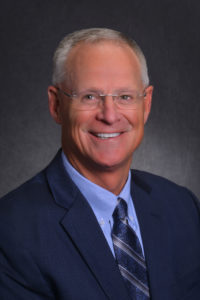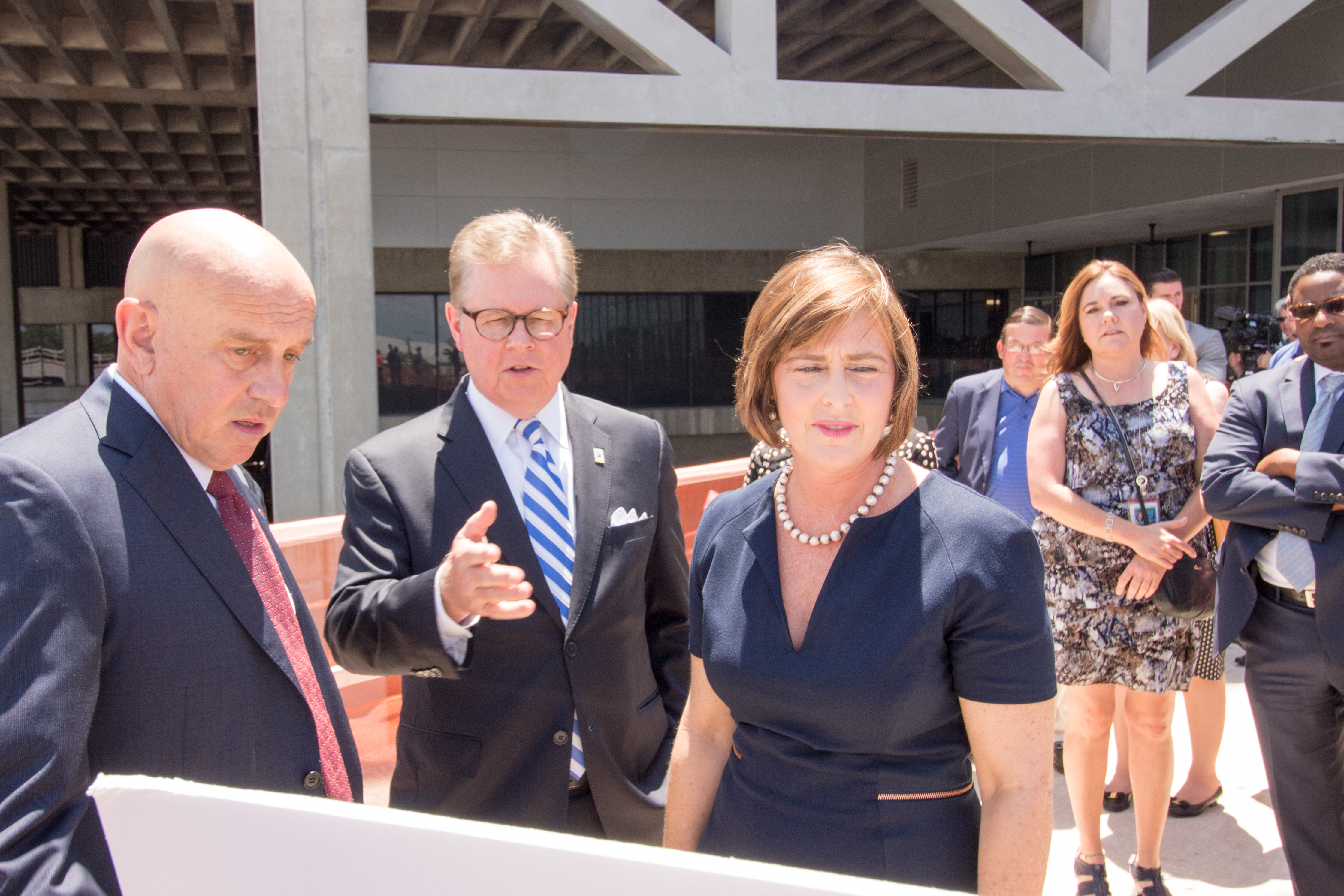Benjamin Franklin said there are only two certainties in life: death and taxes. If there’s one more thing we can be certain of on April 15, it’s the airlines continuing to spread misinformation about how America’s airports are funded.
It is common misconception that airports are funded with taxpayer dollars. In reality, infrastructure projects at airports in the United States are funded through three key mechanisms: federal grants through the FAA’s Airport Improvement Program (AIP), the Passenger Facility Charge (PFC) local user fee, and tenant rents and fees.
No matter how many times the airlines repeat it, the PFC is not tax. The PFC is a local user fee that airports rely on to repair aging facilities, improve aviation safety, improve the passenger experience, create more airline competition to lower airfares, and accommodate rising demand. With nearly $130 billion in infrastructure needs over the next five years, the PFC is the cheapest and most sustainable option available.
Here’s why: The PFC empowers those who know the most about the local airport needs, infrastructure investments, and safety upgrades to make the best decisions for the airport while balancing the passenger’s interests. The PFC is collected locally and, unlike other aviation-related fees and taxes, stays local. It never gets passed to Washington, D.C. The PFC is the only funding tool that maximizes this kind of critical local control. The airlines’ erroneous “tax” argument doesn’t hold water.
Today’s modern conservative movement is diverse and often fractious, so it can be hard to find unanimity on almost any issue. But when it comes to support for the PFC, conservative think tanks and advocacy groups speak with a clear voice in support of this quintessential user fee.
The Competitive Enterprise Institute, FreedomWorks, Heritage Foundation, Heritage Action, Reason Foundation, Council for Citizens Against Government Waste, Taxpayer Protection Alliance, and Citizen Outreach are some of the leading anti-tax and free market organizations that agree the PFC is a local user fee.
User fees represent a better way to pay for infrastructure. Under this system, the people who actually use the airport bear the burden of upkeep and modernization. That is the most fair and equitable way to fund it – passengers who don’t use the airport will never be asked to pay for it. Americans certainly deserve to keep as much of their hard-earned money as possible. How else would they be able to pay all those exorbitant airline bag fees?











